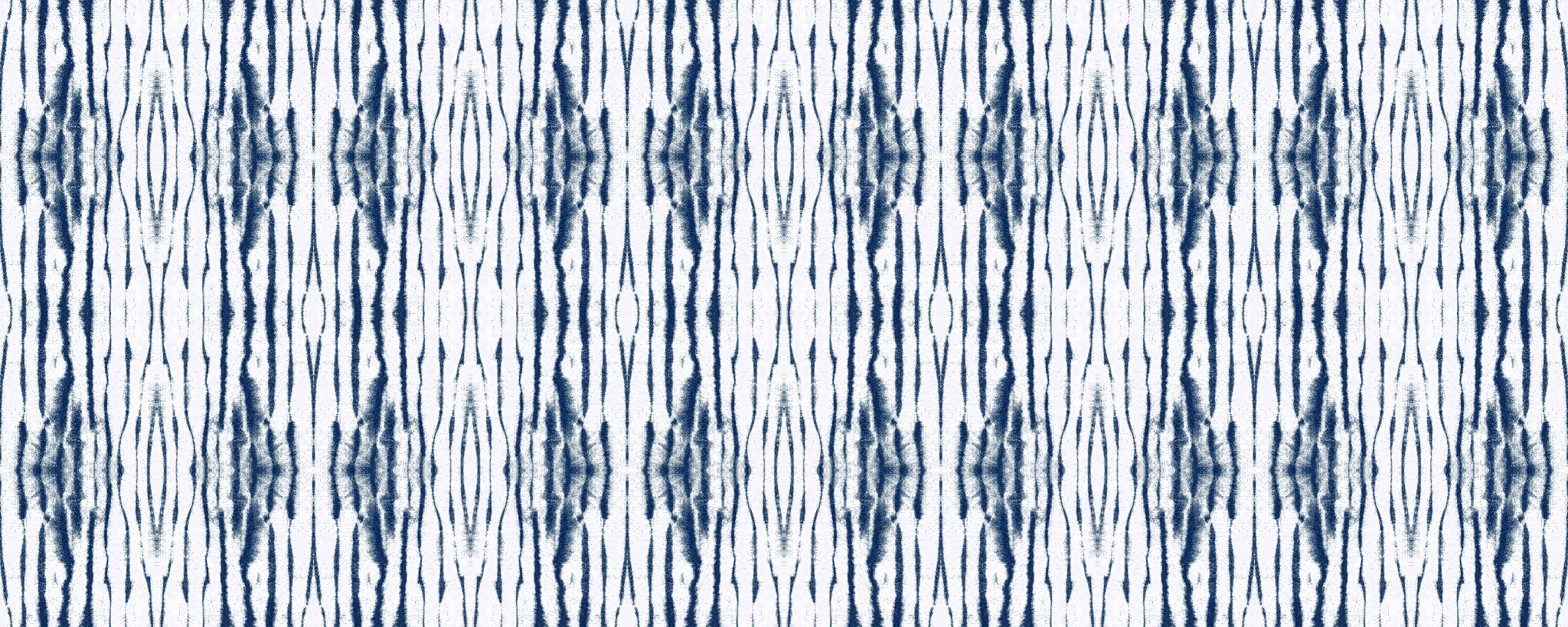
And, never, ever touch the tip or slit area with your skin the oil will adhere to the metal and repel water (which includes ink, all inks are mostly water). For whatever it's worth, any ink will work better once the pen point is "started" - some folks hold the point briefly in a match flame, or wash it with dishwashing soap and let it dry, both by way of removing oil either left from manufacturing or applied to preserve the steel before use, but the simplest way appears to be to simply lick the nib (yes, with your tongue), top and bottom, before dipping the first time each session, and then just dry with a (plain, lotion free) tissue or paper towel when finished. Maybe it's odd, but just about the best behaving inks I've tried for a dip pen (including a couple Private Reserve and a couple Noodler's colors) are a black inkjet refill ink, which appears to be carbon particle based, and my homemade iron tannate ink (started with ten bags of Red Rose tea, a quart of boiling water, several steel wool balls, and a cup of battery acid - really! - though I've since added several tablespoons of homemade dextrin, obtained by baking cornstarch). Can anyone offer suggestions of what inks work well in dip pens?Ĭan anyone offer suggestions of what inks work well in dip pens? I'm just barely getting started in this learning process, and I have a limited selection of inks (mostly Noodlers) to try. I'm not sure what quality of inks makes them work better or worse, but I can guess: a combination of viscosity and ability to "wet" the metal rather than bead and run off it. It's just superb with the 455 Gladiator nib: it writes about EF and is good for three full lines of text on a dip. Baystate Blue! Even the Oval Point nib is usable (albeit pretty wet) with Baystate Blue, and it works quite well in most others. The best ink for dip pens that I've found so far is. Even the Gladiator nib writes very wet with this ink, though it's usable. One of the worst inks thus far has been Noodler's Eternal Brown.

After about two words all the ink is gone and it's ready for another dip. If I blot some of the excess ink off the nib, I can get it to form actual letters and words - albeit very very wet ones that need blotting. The Oval Point tends to blort a gob of ink onto the page immediately after it's been dipped. I have several Esterbrook 442 Jackson Stub nibs that fall somewhere in between. One of the worst thus far has been the Esterbrook 788 Oval Point. The two best nibs I've found for consistent ink flow are the Esterbrook 905 Radio Pen (which I only have one of, sadly) and the Francis Pratt 455 Gladiator (which I have a whole box of). I found some nibs, and some inks, are much more resistant to this problem than others. Rather, they tend to gush onto the page as soon as the tip touches it.

The problem is that some inks don't want to "stick" to the nib. I am determined to improve.Since I started playing around with dip pens and vintage nibs, I've found they are a lot more sensitive to different inks than fountain pens tend to be - and a lot of fountain pen inks just don't want to work in them. As you can see from my start page I do not do this well. You will be keeping track of my progress and that will keep me practicing. Just remember that as in anything you want to master in life, practice makes perfect. The more practice time you put in the more you will want to use more expensive pens. I don't recommend it but it can be done with a nice bottle of India ink and maybe some wine. One teacher at Drake University made us go out to the quad and find a stick and sharpen it and use it for our writing. Anything you have handy will work for practice.

I am starting with those but might also use calligraphy pens from my college days if I can get the dried ink out of them and get them flowing again. Youtube has many videos that demonstrate using Crayola markers. My thanks to her, Helen Gard Hanes for her willingness to share her art with me over the years. I have two copies of her letters to use as a guide and will fill in with my own for the missing letters. She had an individual handwriting style that I have always been fascinated with learning. I was so lucky to have a neighbor growing up who could make a paper bag look like a work of art. So I challenge you to find a style you like and to work on it for about 20 minutes a day so that by the time summer is gone you will feel comfortable addressing an envelope in your own beautiful hand.

The art of beautiful handwritten messages is being lost in the technology of today. Wellcome to the summer 2018 calligraphy challenge.


 0 kommentar(er)
0 kommentar(er)
